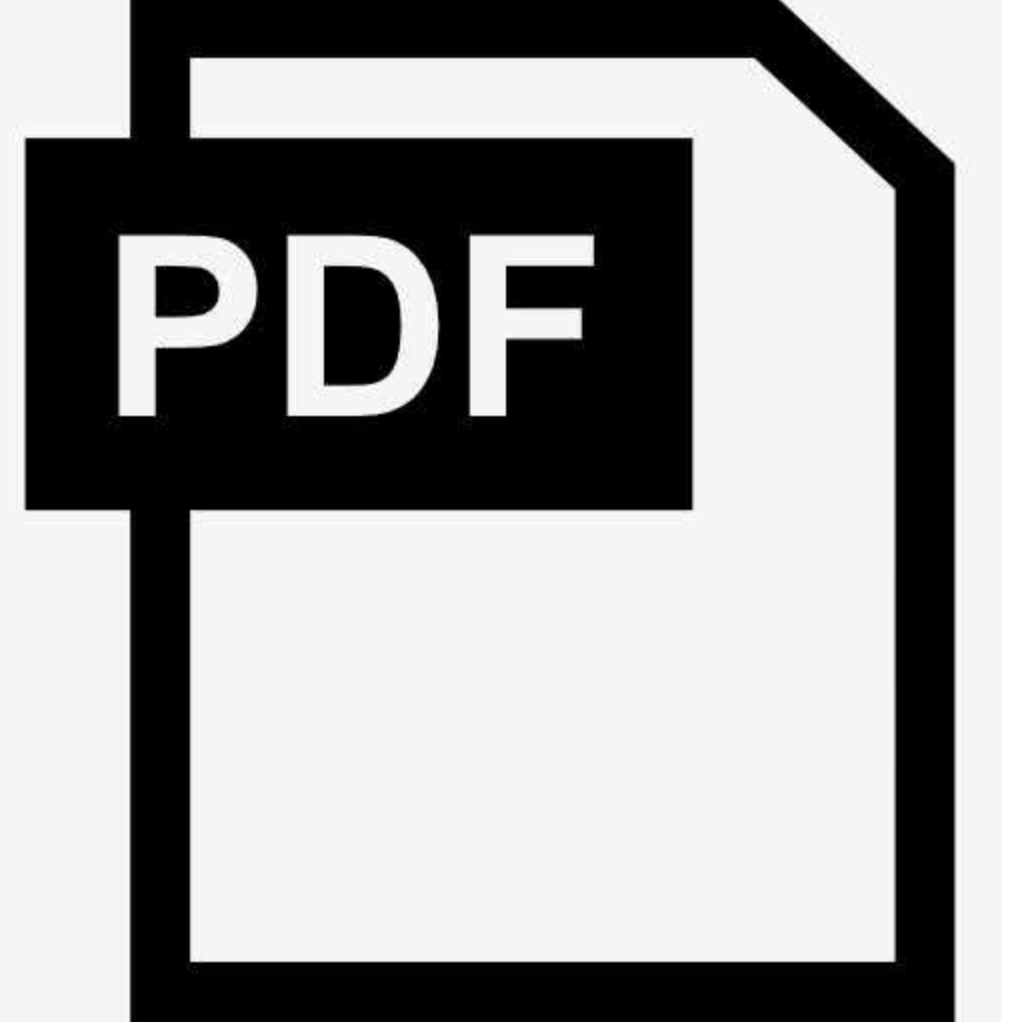Measuring Non-Expert Comprehension of Machine Learning Fairness Metrics
Debjani Saha,u00a0Candice Schumann,u00a0Duncan Mcelfresh,u00a0John Dickerson,u00a0Michelle Mazurek,u00a0Michael Tschantz
Bias in machine learning has manifested injustice in several areas, such as medicine, hiring, and criminal justice. In response, computer scientists have developed myriad definitions of fairness to correct this bias in fielded algorithms. While some definitions are based on established legal and ethical norms, others are largely mathematical. It is unclear whether the general public agrees with these fairness definitions, and perhaps more importantly, whether they understand these definitions. We take initial steps toward bridging this gap between ML researchers and the public, by addressing the question: does a lay audience understand a basic definition of ML fairness? We develop a metric to measure comprehension of three such definitionsu2013demographic parity, equal opportunity, and equalized odds. We evaluate this metric using an online survey, and investigate the relationship between comprehension and sentiment, demographics, and the definition itself.


